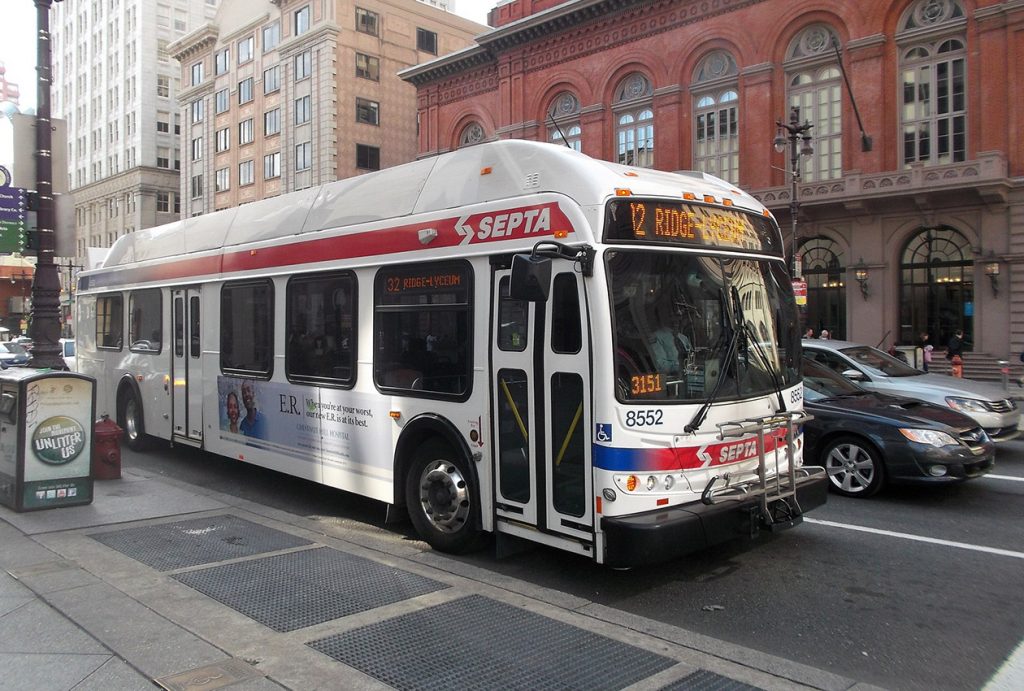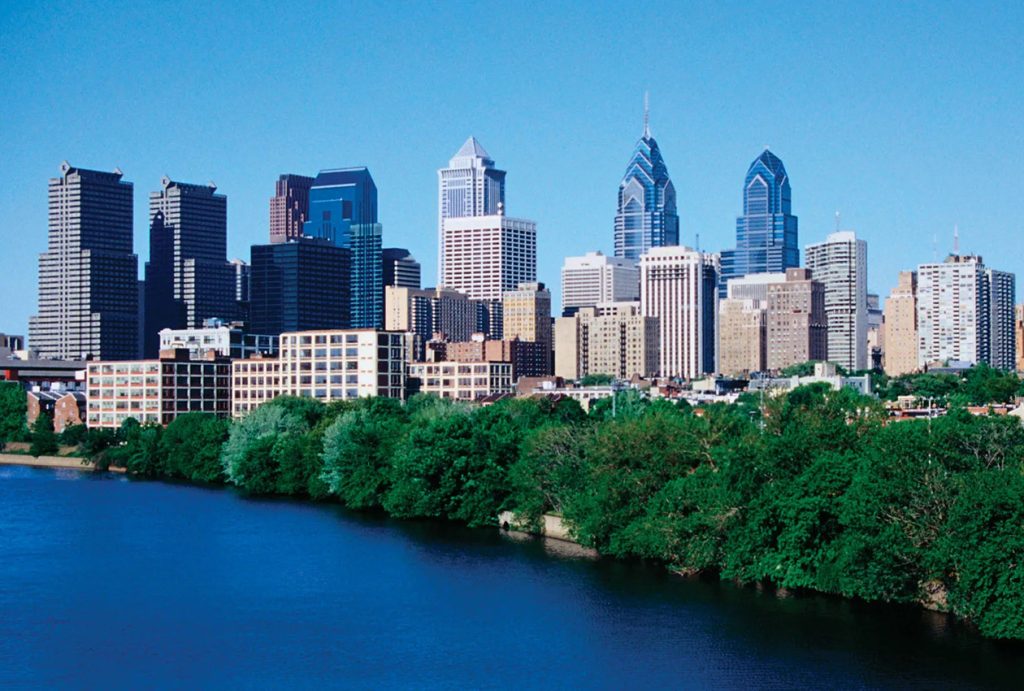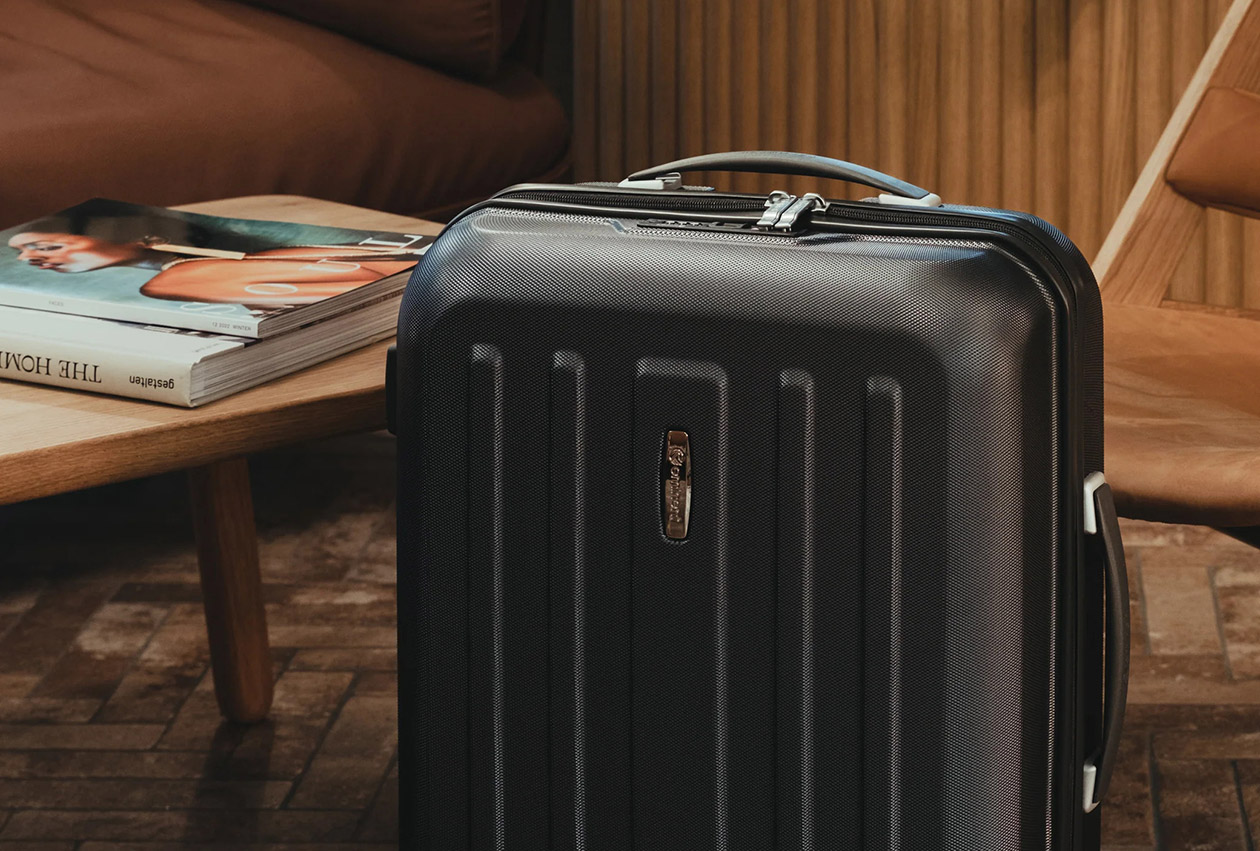I’ve had the opportunity to explore various cities across the world, but my first visit to Philadelphia stood out as an unforgettable experience. The rich history, diverse culture, and vibrant street life made it a fascinating destination, and I’ve gathered some essential travel tips to help first-time visitors make the most of their trip. Whether it’s what to pack, how to get around, or what to eat, I’m here to share my personal experiences and recommendations to ensure your visit to Philadelphia is smooth, fun, and memorable.
Travel Essentials for Philadelphia
What to Pack for Philadelphia
Packing for a trip to Philadelphia is largely influenced by the time of year. The city experiences a range of climates, from hot, humid summers to cold winters with occasional snow. I recommend checking the weather forecast before packing, but here’s what I found to be generally essential:
- Comfortable Walking Shoes: Philadelphia is a walkable city, and you’ll likely do a lot of exploring on foot. Be sure to bring comfortable shoes for walking, especially since many of the major tourist spots are located within walking distance of each other.
- Light Jacket and Layers: In spring and fall, the weather can be unpredictable, so packing layers is a smart idea. A light jacket is perfect for evenings or chilly mornings.
- Rain Gear: Philadelphia can experience rain at any time of year, so packing a compact umbrella or a waterproof jacket is highly recommended.
- Sunglasses and Sunscreen: If you’re visiting in the summer or during the warmer months, don’t forget sunscreen and sunglasses. The sun can be intense, especially during outdoor activities.
- Day Pack: For your daily excursions around the city, a small backpack is perfect for carrying essentials like water, snacks, sunscreen, and your camera.
What to Wear in Philadelphia
Philadelphia’s street fashion varies depending on the season, but the vibe is generally laid-back and casual. During the summer months, people dress in comfortable, lightweight clothing like t-shirts, shorts, and dresses, while in the colder months, you’ll see more layered outfits, coats, scarves, and gloves.
In terms of style, you’ll find a mix of trendy and practical attire. I saw a lot of athleisure on the streets, and it’s not uncommon to see locals rocking sneakers with their outfits. However, if you plan on visiting upscale restaurants or theaters, packing at least one nice outfit might be a good idea.
Local Weather
Philadelphia experiences four distinct seasons, each with its unique charm:
- Spring (March to May): The weather is mild with temperatures ranging from 50°F to 70°F (10°C to 21°C). This is a great time to visit if you want to avoid the summer heat while enjoying the blooming flowers and outdoor activities.
- Summer (June to August): Philadelphia can get quite hot and humid in the summer with temperatures often exceeding 90°F (32°C). It’s also the busiest tourist season, so prepare for crowds and higher prices.
- Fall (September to November): The temperatures range from 60°F to 70°F (15°C to 21°C), making it a great time for outdoor activities and festivals. The foliage in the city parks is stunning during this time.
- Winter (December to February): Winters can be cold with temperatures ranging from 30°F to 45°F (-1°C to 7°C). Snow is not uncommon, so be prepared for chilly days, especially if you plan to explore the city on foot.
Local Culture in Philadelphia
Philadelphia is a city that prides itself on its history, food, and diverse communities. You’ll find a fascinating blend of modern culture with a deep respect for tradition.
- Historical Significance: Philadelphia played a key role in the founding of the United States. The city is home to landmarks like the Liberty Bell and Independence Hall, where the Declaration of Independence was signed. You can feel the history in every corner, and it’s worth dedicating some time to exploring these historical sites.
- Local People and Attitude: The people of Philadelphia, often known as “Philly locals,” are known for their directness but also for their strong sense of community. They love their city and are proud to share its history and traditions with visitors. Don’t be shy about asking for directions or recommendations—they’re usually happy to help.
- Food and Drink: Philadelphia is famous for its cheesesteaks, soft pretzels, and hoagies (sub sandwiches). The local food scene is a reflection of the city’s working-class history, and you’ll find a blend of hearty, flavorful meals that are perfect for fueling up during a busy day of sightseeing.
Currency Exchange and Budgeting
Currency Exchange
Philadelphia, like the rest of the United States, uses the U.S. Dollar (USD). If you’re coming from abroad, you can exchange your currency at local banks, currency exchange kiosks, or ATMs. Most places also accept credit and debit cards, so carrying a large amount of cash is not always necessary. However, it’s always a good idea to have some cash on hand for smaller purchases or tips.
Budgeting for Your Trip
Philadelphia can be an affordable city for travelers, but it’s easy to overspend if you’re not careful. Here’s how to plan your budget:
- Accommodation: Prices for hotels can vary depending on the time of year. On average, you can expect to pay around $150–$250 per night for a mid-range hotel. If you’re on a tight budget, hostels and Airbnb rentals are great alternatives.
- Food: You can enjoy a meal at a casual diner for about $10–$15, but for a more upscale dining experience, expect to pay around $30–$50 per person. Street food is cheap and delicious, making it a great option for budget travelers.
- Transportation: Public transportation is relatively affordable in Philadelphia. A one-way ticket on the SEPTA system (bus, subway, trolley) costs $2.50, and there are also day passes available for unlimited travel, which is a good deal if you’re planning to use public transport frequently.
Getting Around Philadelphia: Subway and Public Transportation
SEPTA: The City’s Public Transportation

Philadelphia’s public transportation system is called SEPTA, which includes buses, trolleys, and the subway. If you’re staying in Philadelphia for a few days, the SEPTA system is a convenient and affordable way to get around.
- Subway: The subway system has two main lines: the Blue Line (Market-Frankford Line) and the Orange Line (Broad Ridge Line). Both lines connect key areas of the city, including the downtown, major attractions, and the airport. The subway is generally reliable, but it can get crowded during peak hours.
- Trolleys and Buses: These are another great way to travel around the city, particularly if you want to explore neighborhoods outside the city center. The trolleys operate primarily in the suburbs, but they connect well with the subway system.
How to Get a SEPTA Card
A SEPTA Key card is the most convenient way to pay for your rides on public transportation. You can load money onto the card at any SEPTA station or online. Once you have your card, you simply tap it on the turnstile to enter and exit.
Compared to single-ride tickets, the SEPTA Key card offers a cheaper rate and is ideal for tourists planning to use public transport multiple times. A one-day pass is also available for unlimited rides, which I recommend if you’re planning a lot of sightseeing.
Must-Try Street Food in Philadelphia
One of the best parts of visiting Philadelphia is the food scene. Here are some street food options I highly recommend:
- Philly Cheesesteak: A visit to Philadelphia wouldn’t be complete without trying an authentic Philly cheesesteak. The most famous spots for this sandwich are Pat’s King of Steaks and Geno’s Steaks, located across from each other in South Philly. Both places have been serving up delicious cheesesteaks for decades, and the rivalry between the two is a fun part of the experience.
- Soft Pretzels: These chewy, salty treats are a staple of Philadelphia street food. You can find them being sold on almost every corner, often by street vendors. Make sure to grab one fresh out of the oven.
- Hoagies: Philly’s version of the sub sandwich, hoagies are filled with cold cuts, cheese, lettuce, tomatoes, and more. They’re a perfect on-the-go meal while you explore the city.
Street Food Safety Tips
While street food in Philadelphia is delicious, it’s important to stay safe by following these tips:
- Choose Popular Vendors: Opt for vendors that have high foot traffic, as they’re more likely to maintain high standards of hygiene.
- Check Food Temperature: Make sure that hot food is served piping hot, and cold food is stored properly to avoid foodborne illnesses.
- Hydrate: Street food can be salty, so drink plenty of water to stay hydrated, especially in the summer.
How to Get a Local SIM Card
Staying connected is essential when traveling, and getting a local SIM card is a great option. Philadelphia has good network coverage, and several providers offer prepaid SIM cards, including T-Mobile and AT&T.
You can easily purchase a SIM card at the airport, mobile phone stores, or convenience stores around the city. I recommend getting a plan with data to help you navigate the city, find restaurants, and stay connected with family or friends.
How to Plan a 5-Day Itinerary
If you’re visiting Philadelphia for five days, here’s how I recommend structuring your trip:
Day 1: Explore Historic Philadelphia
- Visit Independence Hall, the Liberty Bell, and Congress Hall.
- Take a stroll through Old City and enjoy the charming cobblestone streets.
- Stop for lunch at Reading Terminal Market for local food.
Day 2: Museums and Art
- Visit the Philadelphia Museum of Art and take the iconic photo at the Rocky Steps.
- Explore the Barnes Foundation or the Rodin Museum.
Day 3: Cultural Neighborhoods and Street Art
- Explore Fishtown and South Philly to experience the city’s vibrant arts scene.
- Visit the Philadelphia Magic Gardens, an immersive mosaic art space.
Day 4: Day Trip to Valley Forge or Longwood Gardens
- Head outside the city for a day trip to Valley Forge National Historical Park or Longwood Gardens to enjoy nature and history.
Day 5: Relax and Enjoy the City’s Parks
- Spend your final day enjoying Philadelphia’s parks, such as Fairmount Park or Spruce Street Harbor Park.

Recommended Insurance for Your Trip
When traveling, travel insurance is a must to cover unexpected events like flight cancellations, medical emergencies, or lost luggage. After using various providers, I recommend World Nomads Travel Insurance. Here’s why:
- Comprehensive Coverage: World Nomads covers everything from medical emergencies to trip cancellations and lost property.
- 24/7 Support: They offer 24/7 customer service, which gives you peace of mind while traveling.
- Global Reach: Their insurance is valid in most countries, including the United States, and is available for both short-term and long-term travelers.
My Personal Experience
Visiting Philadelphia for the first time was a truly enriching experience. The blend of history, culture, and cuisine made every day special. The city’s rich heritage is visible everywhere you go, and I felt like I was walking through living history. The locals are friendly and proud of their city, and they made me feel at home. Whether it’s the iconic Philly cheesesteak or the fascinating historical landmarks, there’s no shortage of things to see and do.
If you’re planning a trip to Philadelphia, I hope these tips will help you have as fantastic a time as I did. Safe travels, and enjoy all the City of Brotherly Love has to offer!
